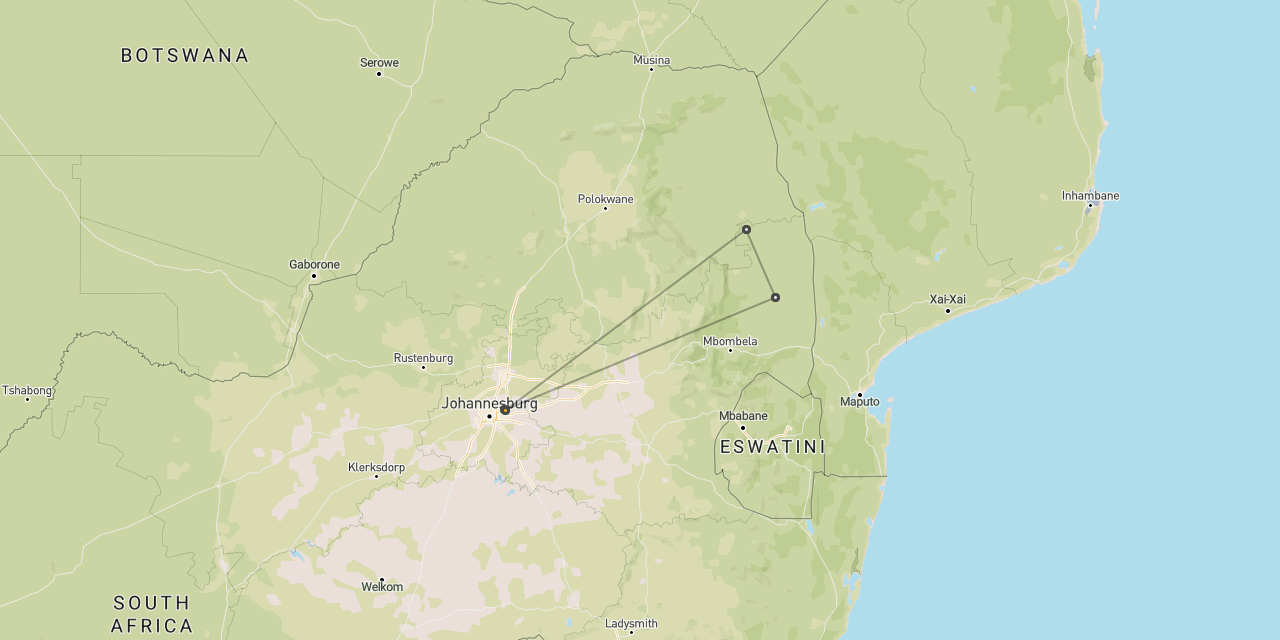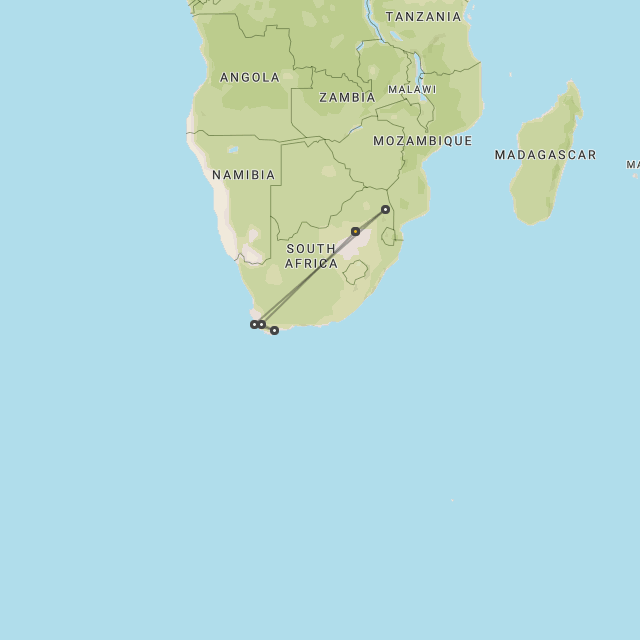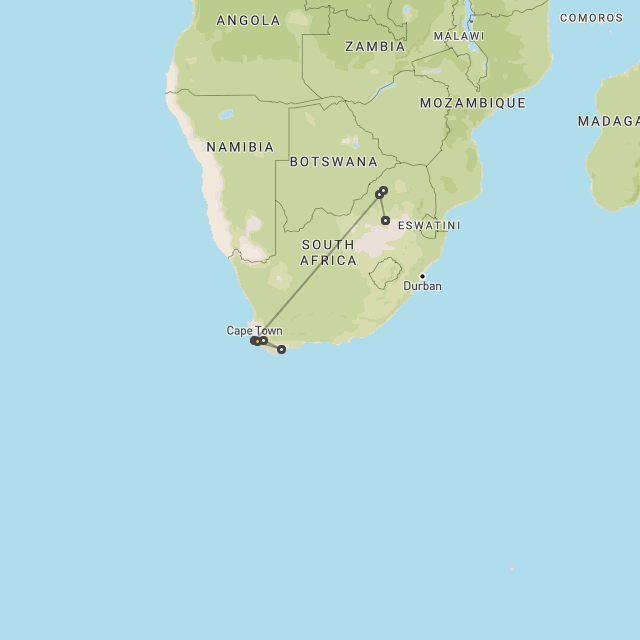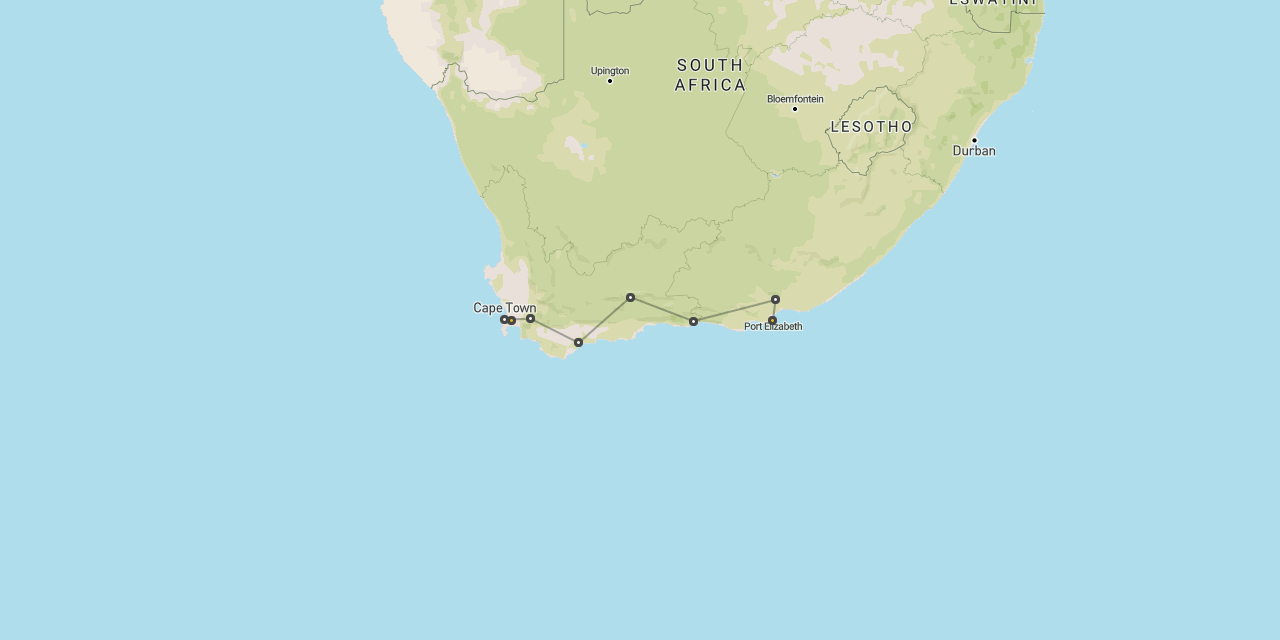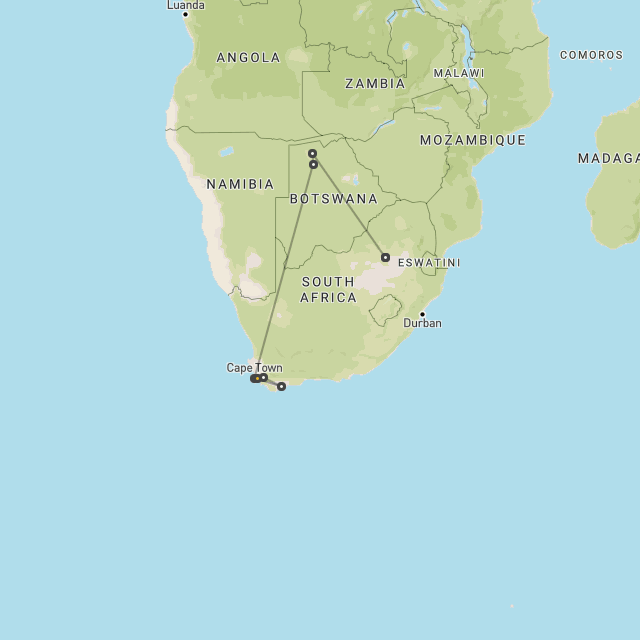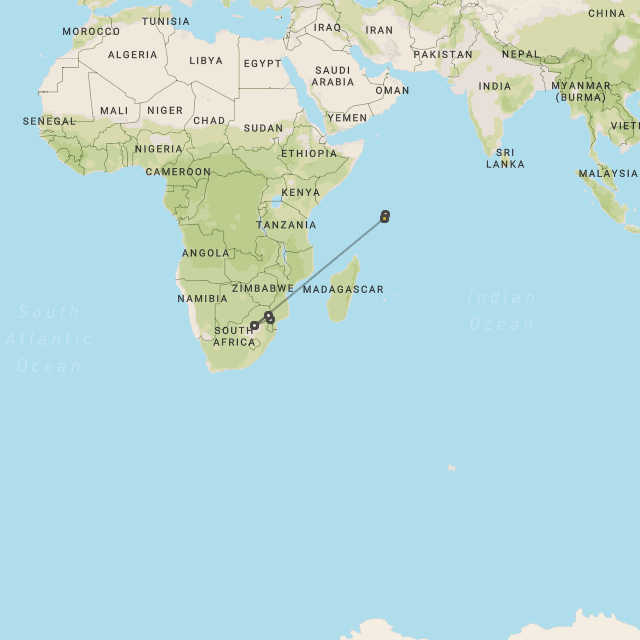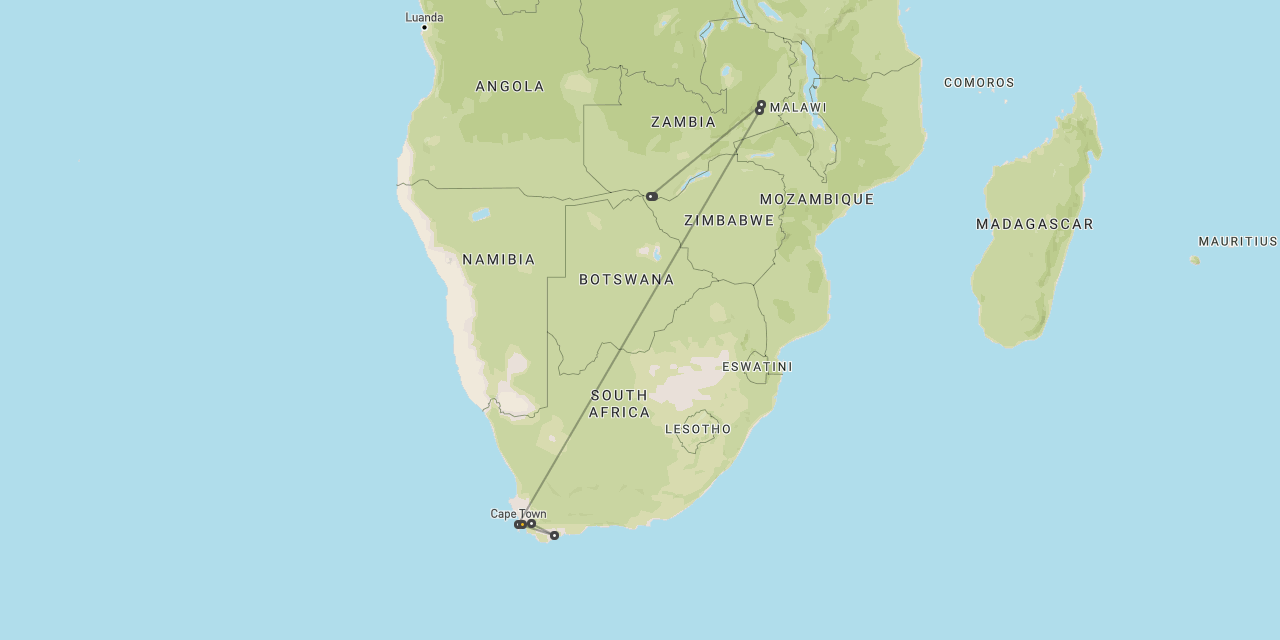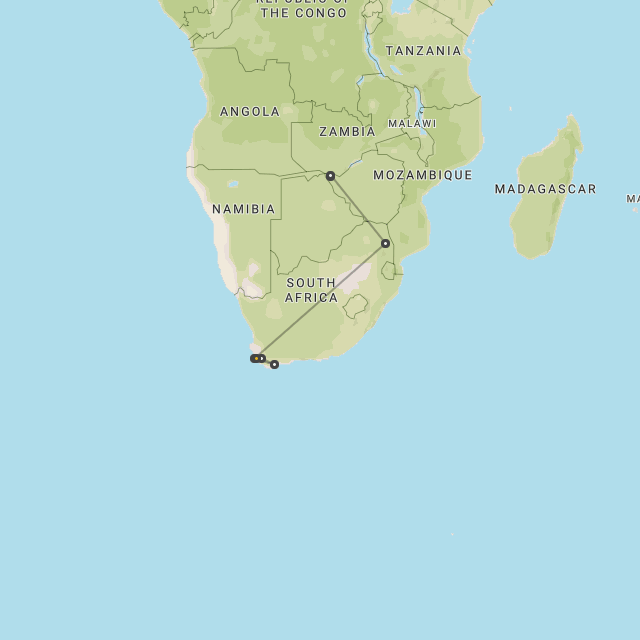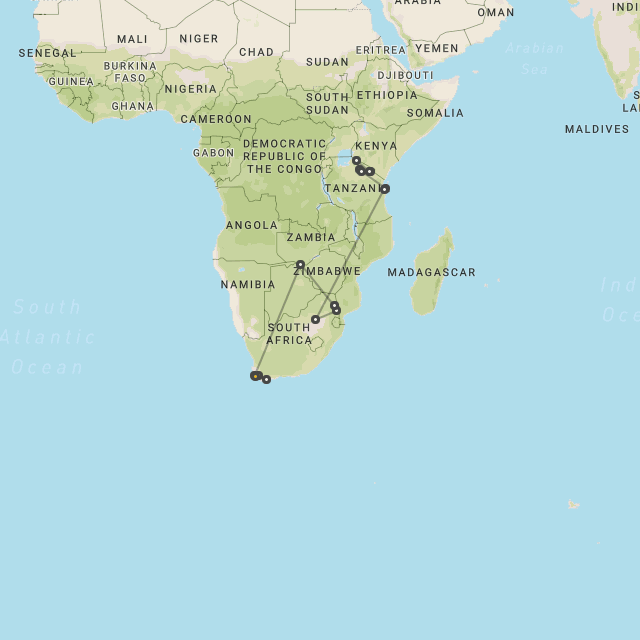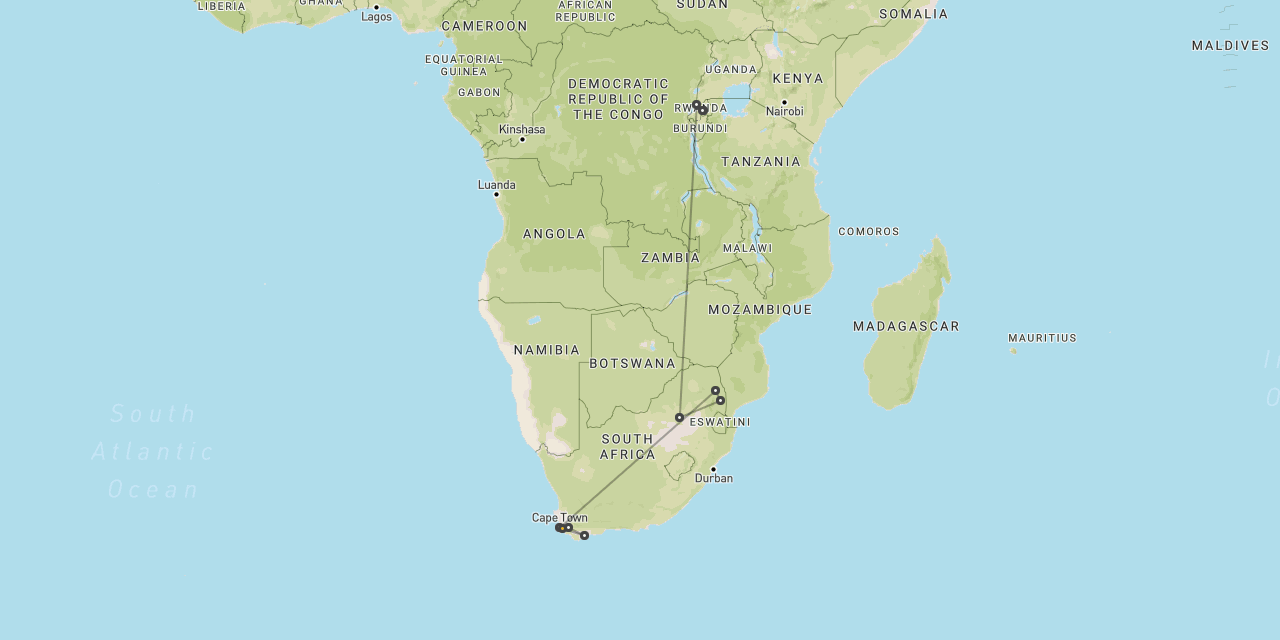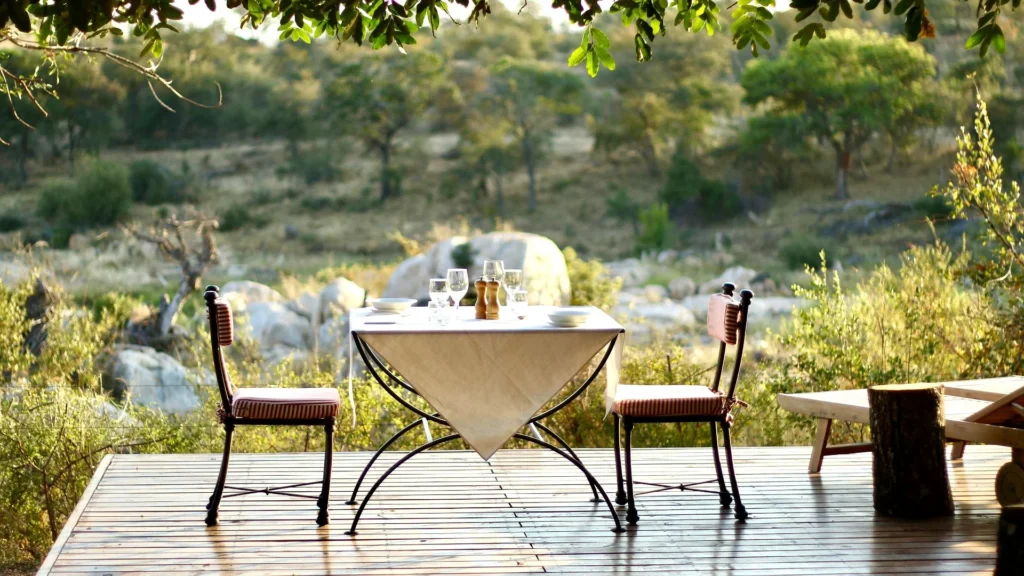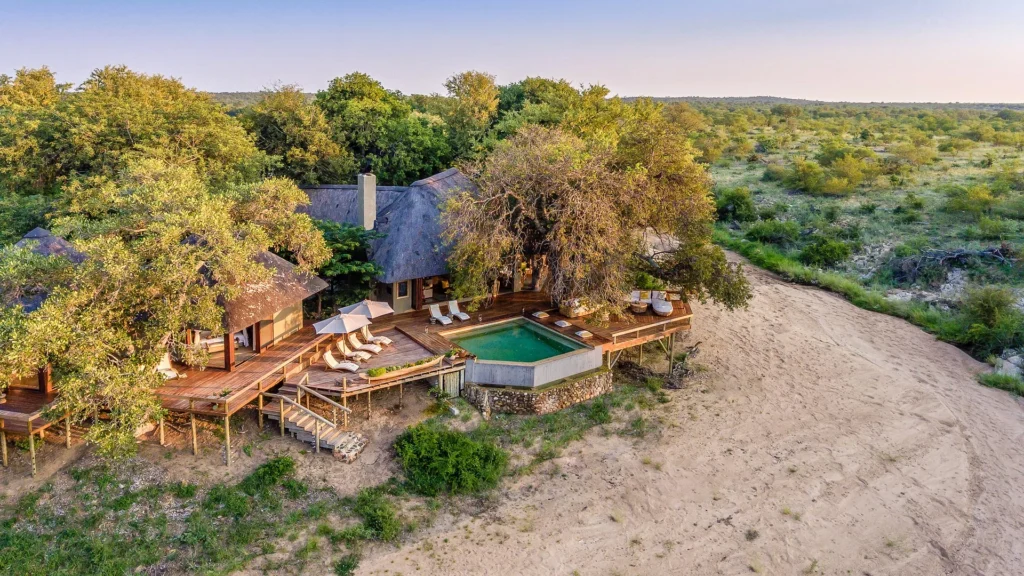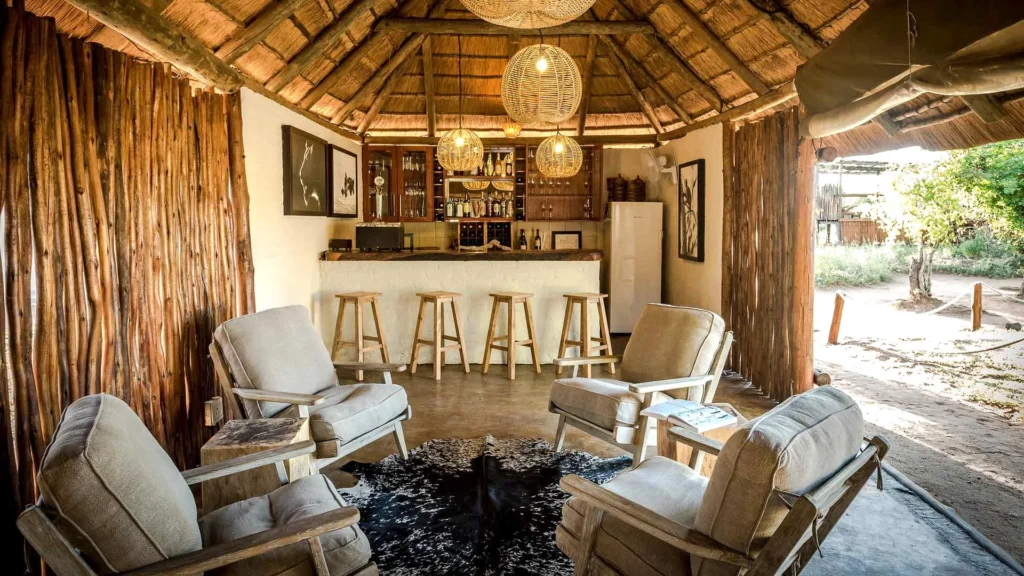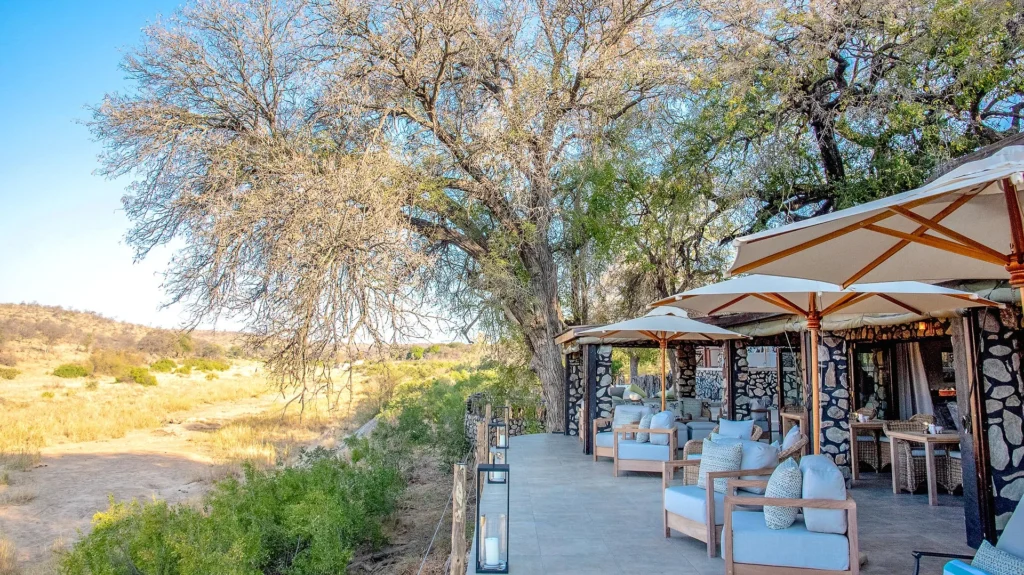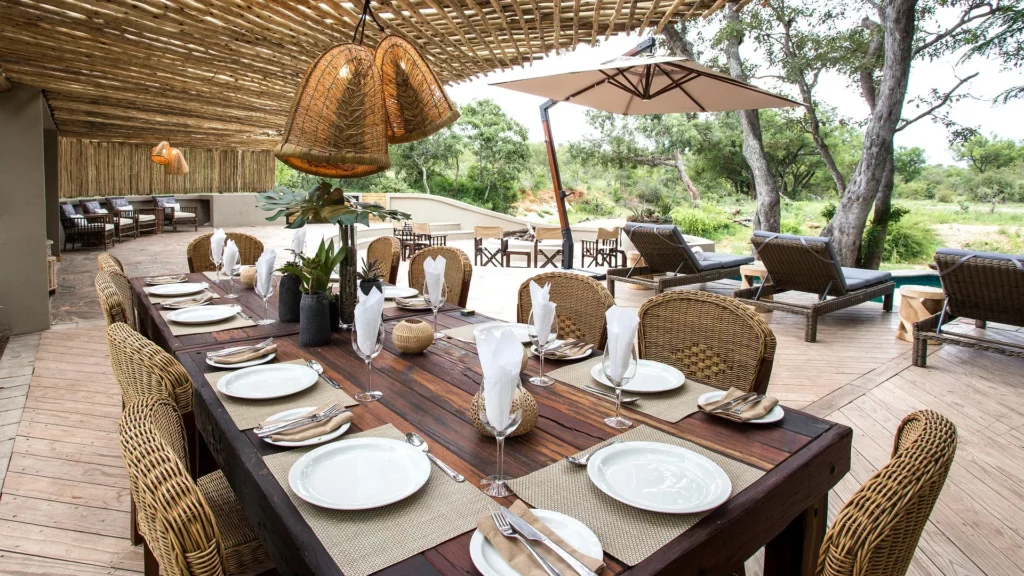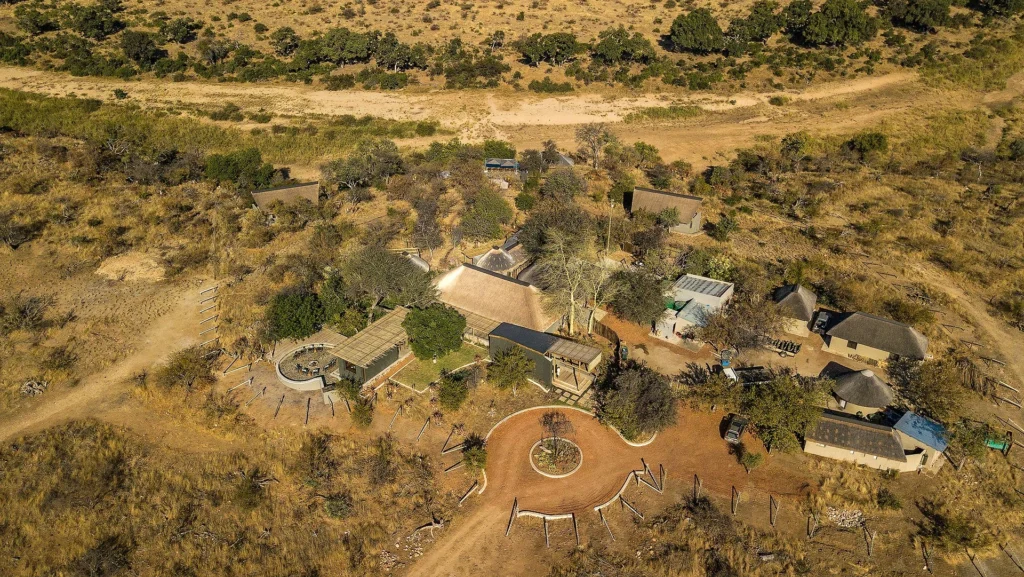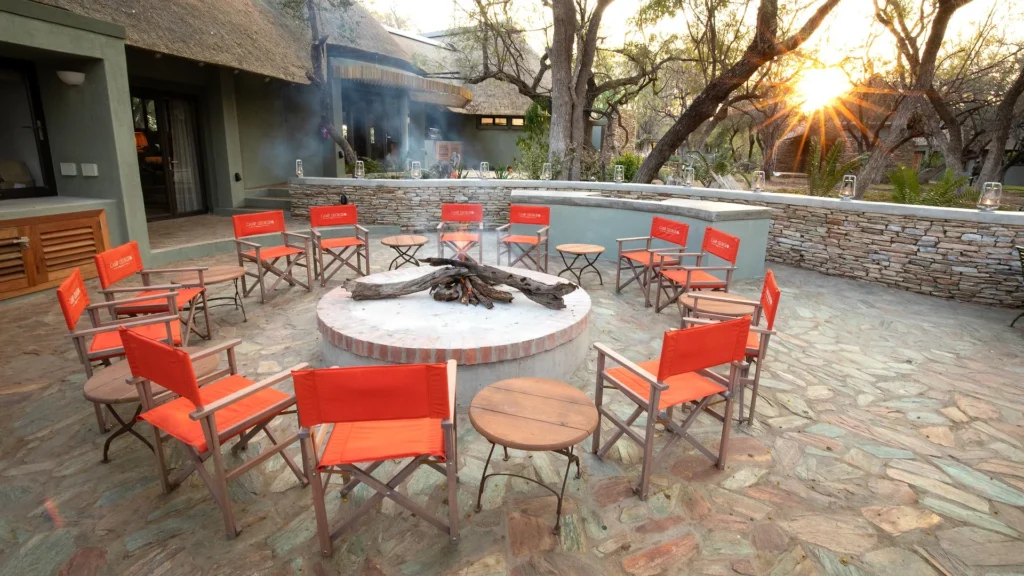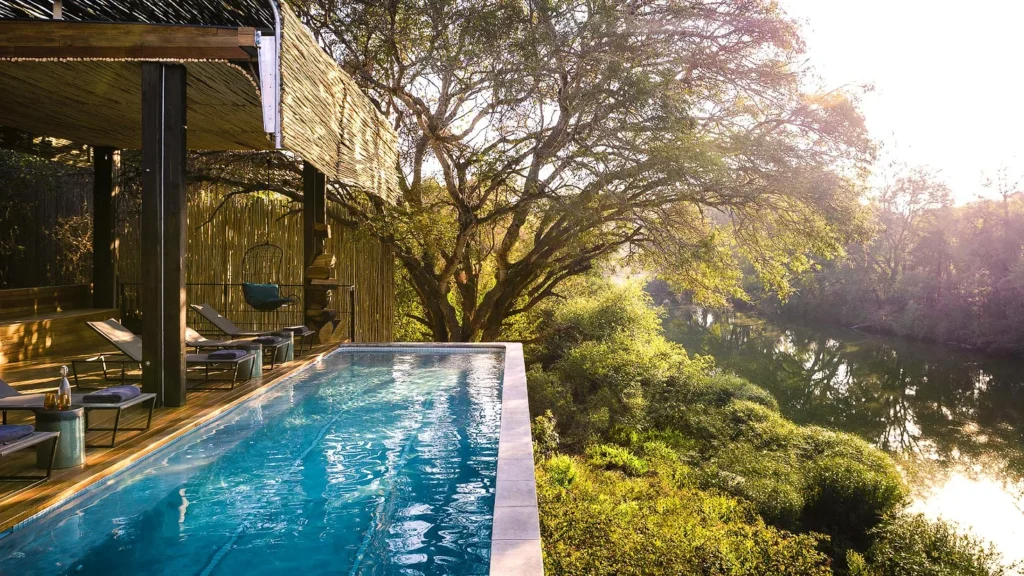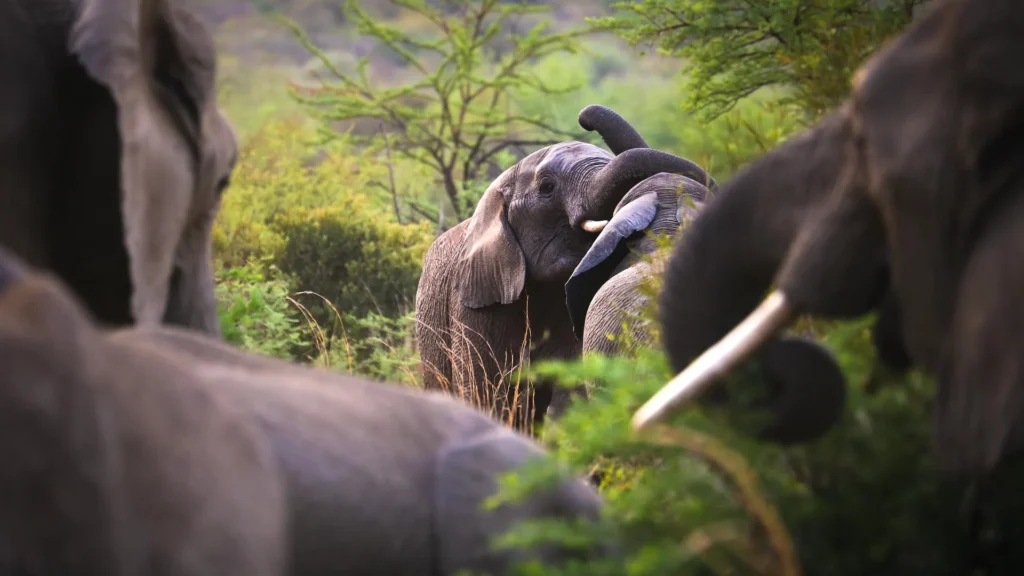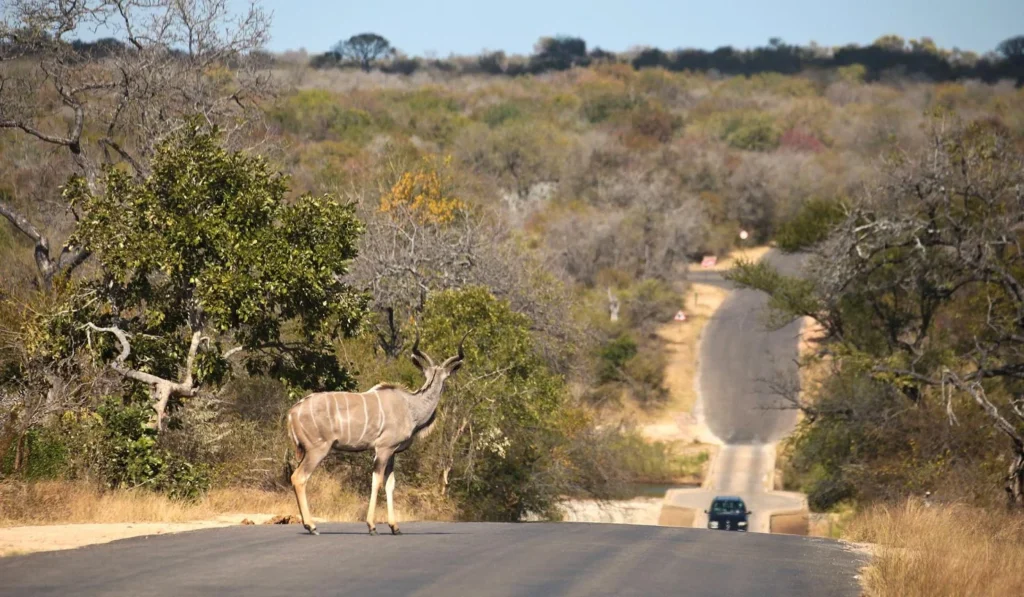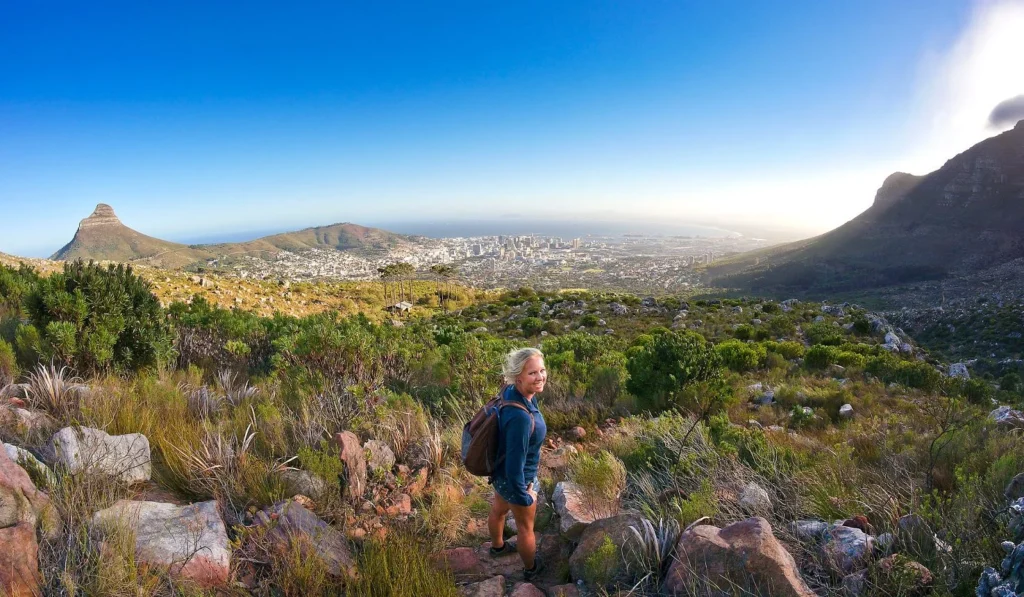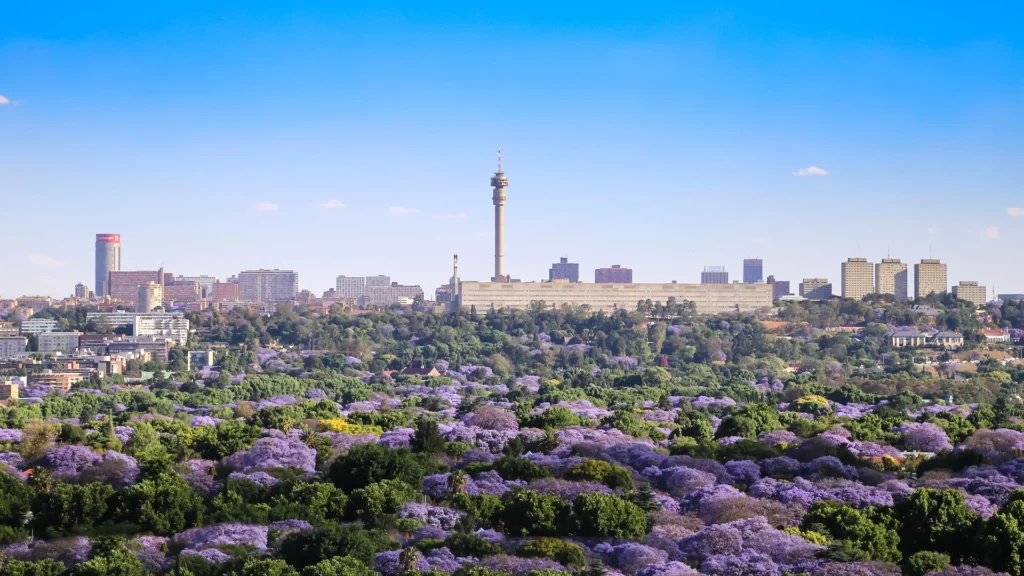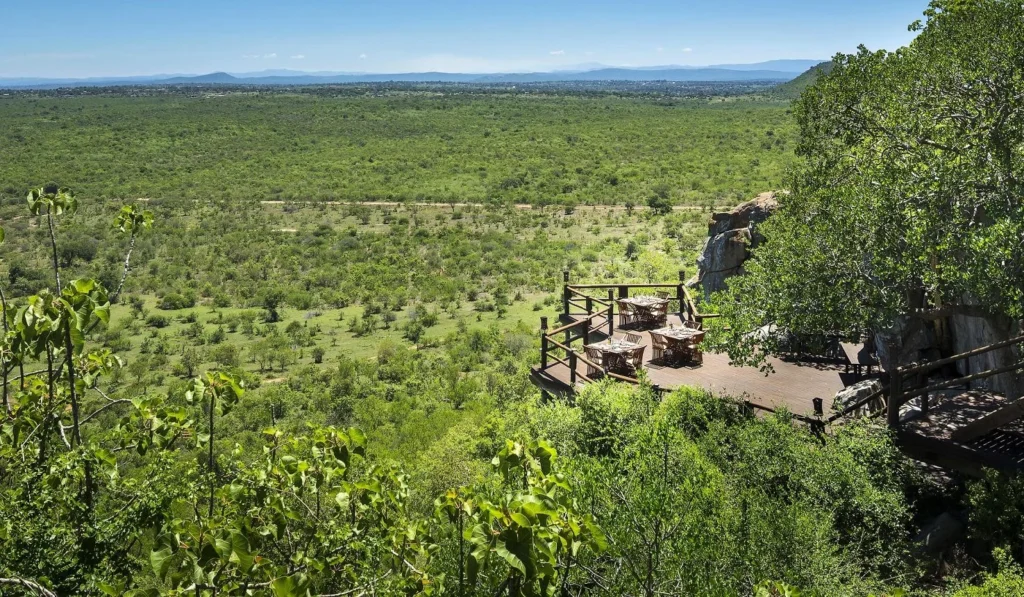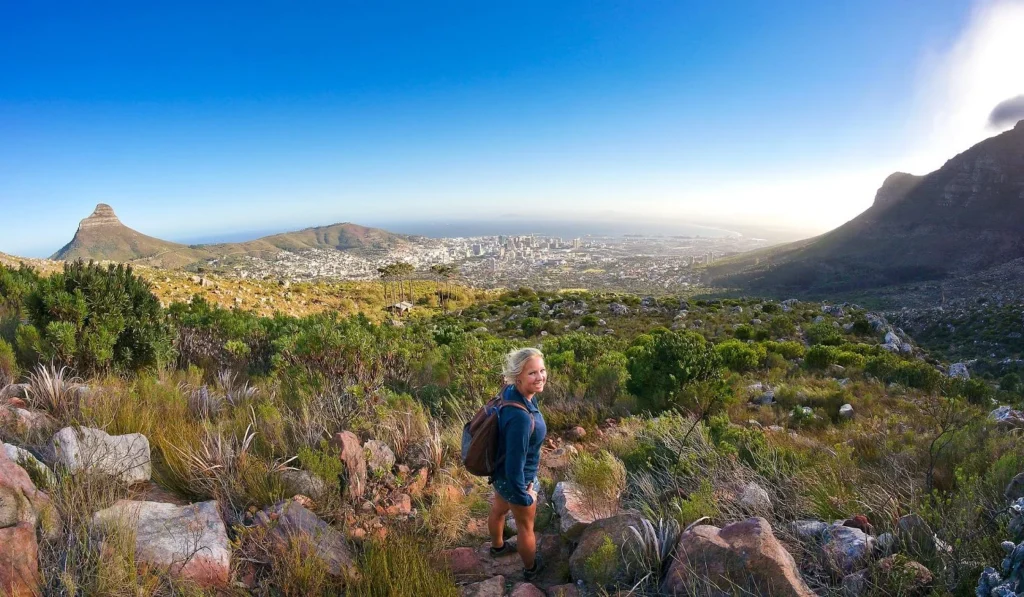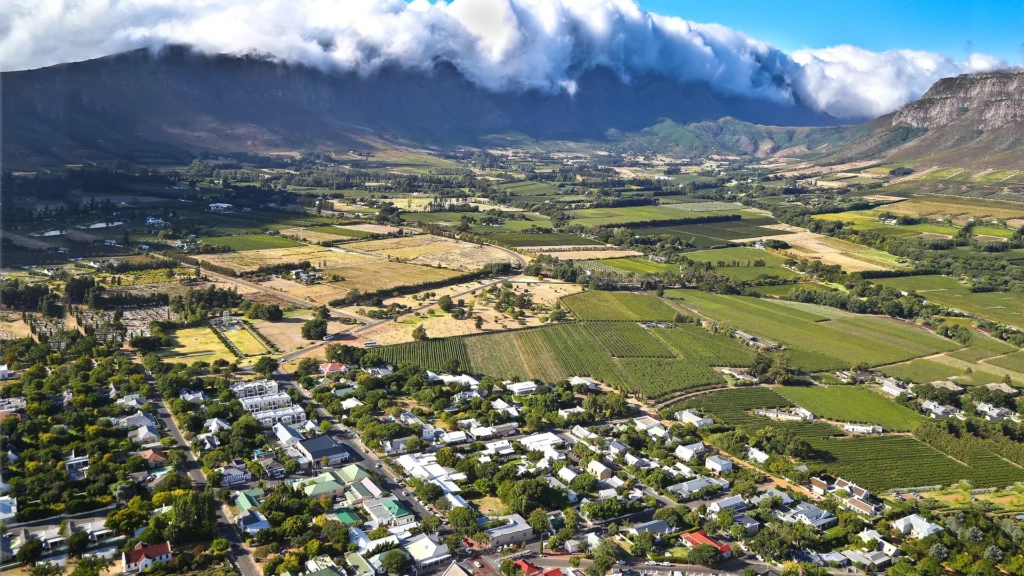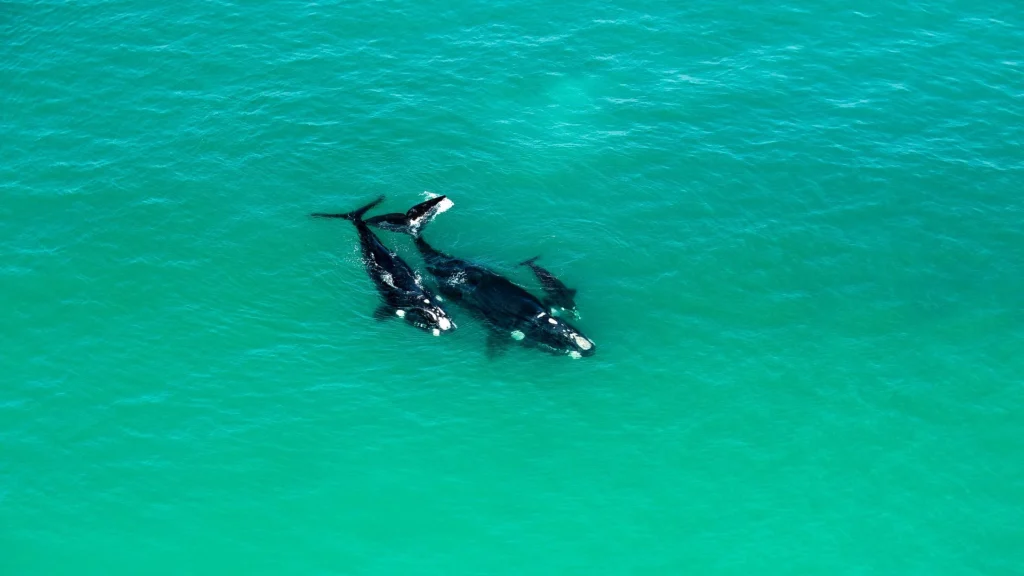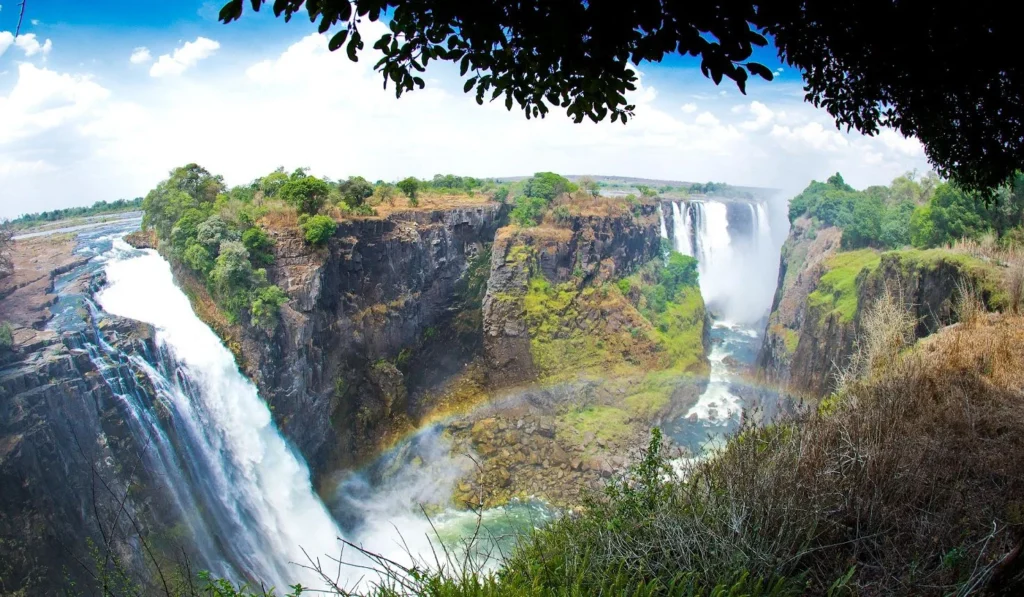
Safari to Klaserie
Klaserie Reserve
is an up-and-coming reserve
to the west of Kruger

a good range of landscapes and wildlife
Klaserie Reserve is located in the Kruger area of South Africa.
Situated to the east of the town of Hoedspruit, this reserve extends for an impressive 425 square kilometres of gently undulating Lowveld acacia scrub, dissected by seasonal rivers.
There are no fences between here and the main reserve, ensuring that Klaserie is part of the greater Kruger ecosystem.
Klaserie is very much an up-and-coming reserve which has really got itself organised well and now feels like a relatively pristine stretch of wilderness.
It contains a full range of wildlife, with animals approaching the levels associated with other more premium reserves.
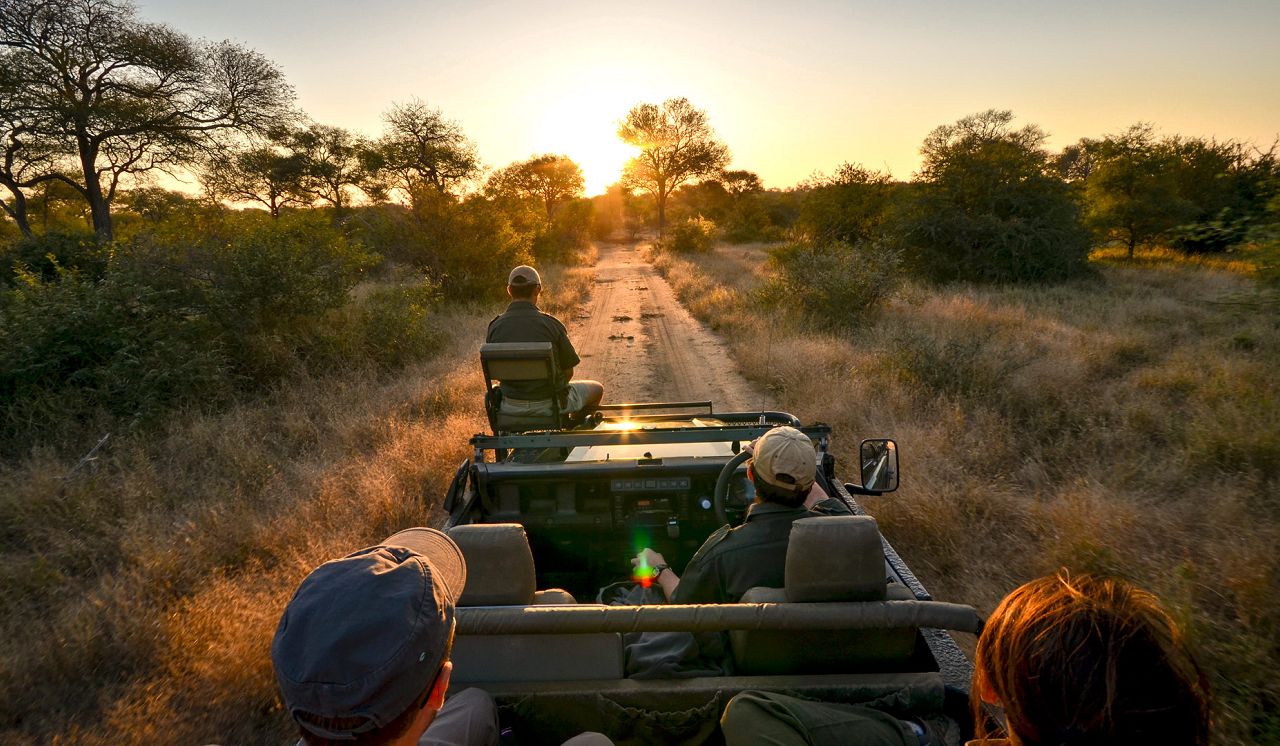
Gallery

Video
Map
The Klaserie area is an increasingly viable and good value alternative to the better known Sabi Sand and Timbavati reserves in this greater Kruger area.
The usual stay duration is 3-5 nights.
Seasonality
The best time to visit Kruger is generally considered to be the May-Oct dry season, but (surprisingly) the reserve remains popular year round.
Safari in the Kruger area is much more seasonal than most people would lead you to believe. Trip planning is complicated by the fact that the seasons here are almost diametrically opposite to those down in Cape Town (with which the area is most commonly combined in trips).
Dry winter : Jun/Sep
This period is characterised by a cool dry winter which is generally considered to be the best time for wildlife viewing, although day length is relatively short and nights can get very cold. Unfortunately it does coincide with a more conventional cool wet winter in Cape Town.
Hot transition : Oct/Nov
This is the start of the hot wet summer. Wildlife viewing is usually very strong, but temperatures and humidities can become uncomfortably high in advance of the first rains, which usually arrive mid November to cool things down. This coincides with a usually pleasant spring season in Cape Town. October therefore represents an interesting compromise month.
Wet summer : Dec/Mar
This period is characterised by a hot wet summer, which is generally considered to be the most challenging time for wildlife viewing, although sightings should remain reliable in the premium areas. Day length is nice and long, but temperatures and humidities can become uncomfortably high and rain can be a major issue. However these potentially adverse conditions happen to coincide with a hot dry summer in Cape Town.
Cool transition : Apr/May
This is a period of transition between the hot wet summer and the cool dry winter, with wildlife viewing continuing to improve as the foliage dies back. Day length, temperatures and humidities are all in the middle of their ranges. The period coincides with autumn/fall in Cape Town, making this perhaps the strongest time of year for the combination.
Where to stay
Up to around 2018 this area contained only lower cost lodges, but since then some really much higher quality options have been constructed. Although these are also higher cost, they still represent good value when compared with equivalent properties in better known areas like Sabi Sand Reserve and Timbavati Reserve.
Perhaps the biggest highlight of this area is the fact that some of the lodges and their owners have historic family connections all the way back to the 1930s, which brings a refreshing sense of integrity and non-commerciality to the place.
a good value option
let us know your thoughts about South Africa
and we will help you create the perfect safari

Extraordinary tailor-made adventures,
from earthy and edgy to easy and extravagant
From around USD 2500 per person, you set the ceiling
Sample Trips
Here are some of our popular trip shapes
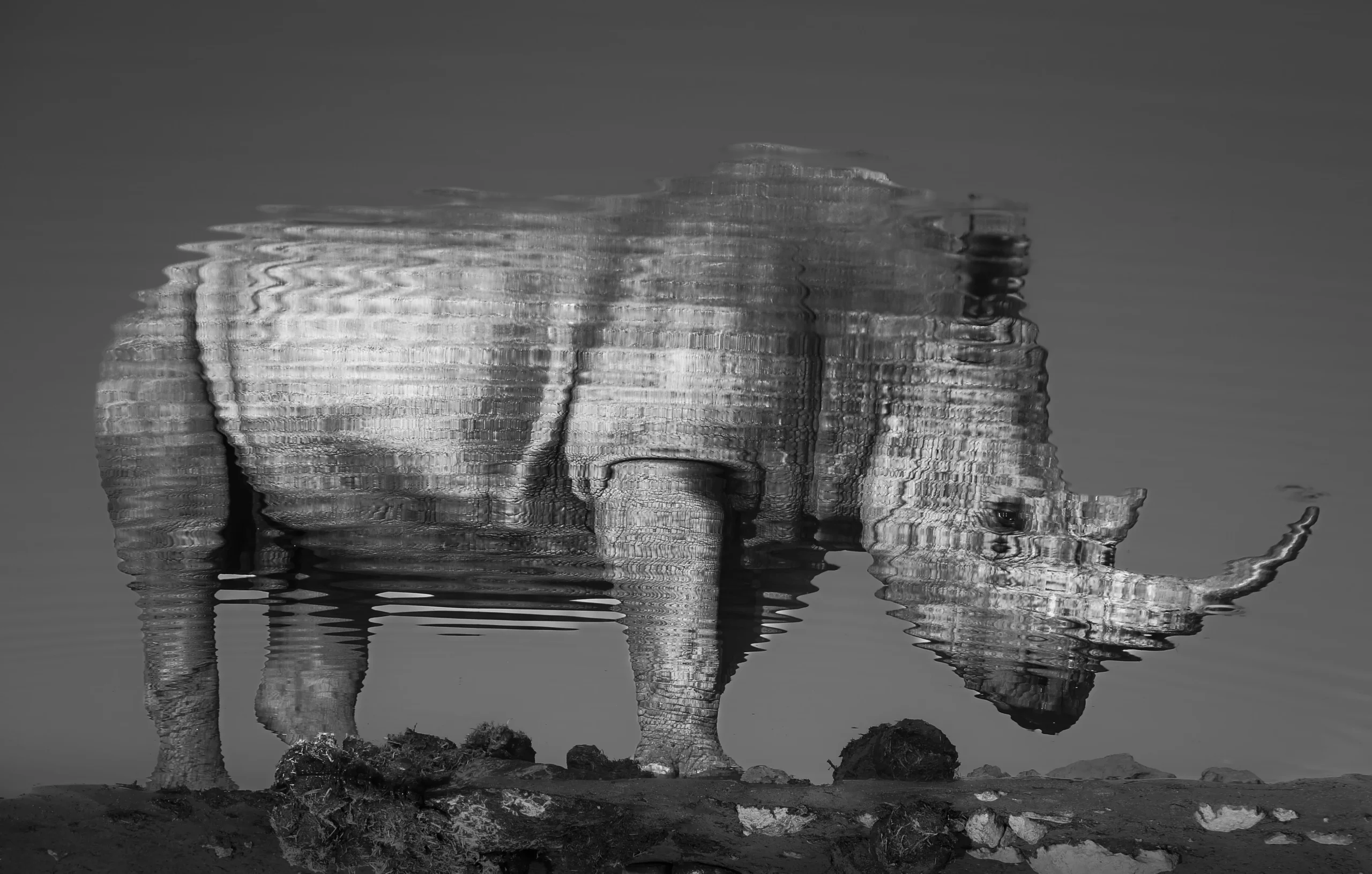
Get started on your trip
It’s never too soon to get in touch, we are here to help with every stage of your planning.
Best Lodges
We regularly inspect and photograph all of the the best lodges, to ensure that we always recommend the most suitable options
Key Locations
Take a look around related locations. Click ‘View more’ to explore locations further afield.
Where Next?
Where Next?
We offer trips to dozens of fabulous countries.
Might one of these might be your next great adventure?

Please rotate your screen.






